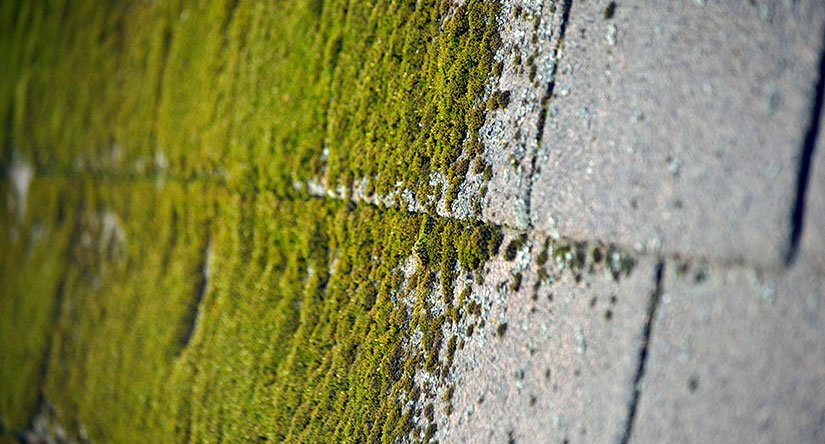We might think that moss-covered roofs add charm to a home. While that may be true in fairy tales and fantasy films, in reality, it can be a sign of problems.
A thick layer of moss can damage roofing materials, lead to mold, and attract pests. Addressing moss quickly is essential to avoid costly repairs and maintain your roof’s health. So in this blog post, we’ll go over the basics of how to remove moss from your roof.
Understanding the Causes of Moss Growth on Your Roof
Moss typically thrives on damp and shaded roofs, where it can form and begin to deteriorate roofing materials. It often starts as a thin green layer on and between shingles, making it difficult to spot without regular inspections. Over time, moss collects water and can lift shingles. It allows moisture to seep underneath and cause rot, leaks, and other damage.
How to Remove Moss from Your Roof
Moss is adept at clinging to surfaces, so it’s crucial to use professional-grade solutions for effective removal. Apply a specialized moss removal solution and let it sit for up to 45 minutes to ensure it kills the moss. Then, using a scrub brush or push broom, carefully scrub the roof, working downward to prevent damage to the shingles.
When removing moss yourself, use a regular garden hose. It is generally gentler on your roof than a pressure washer. A hose can effectively wash away loose moss and debris without risking damage to shingles or causing water to force under them. In contrast, a pressure washer, while powerful, can strip away granules from shingles, potentially leading to accelerated wear and leaks.
For homeowners with high or steep roofs, it’s safest to hire professionals. Climbing and cleaning a roof can be dangerous, and power washing requires expertise to avoid water damage.
How to Prevent Moss on Your Roof
To prevent moss growth, consider these strategies:
- Trim Overhanging Branches: Reducing shade on your roof can inhibit moss growth by allowing more sunlight to reach the roof surface.
- Install Copper or Zinc Strips: Adding copper, galvanized metal, or zinc strips along the roof’s edge can help combat moss. These materials release metal particles that create a hostile environment for moss during rainfall.
- Regular Inspections and Maintenance: Scheduling regular roof inspections can help detect moss early. Roofers will ensure proper drainage, check for pests, and clean gutters to prevent water backup, which can encourage moss growth.
If you have any questions about moss removal or prevention, don’t hesitate to contact us. We’re glad to discuss the best strategies to rid or prevent moss growth on your roof and keep your home looking in top shape for years to come.


